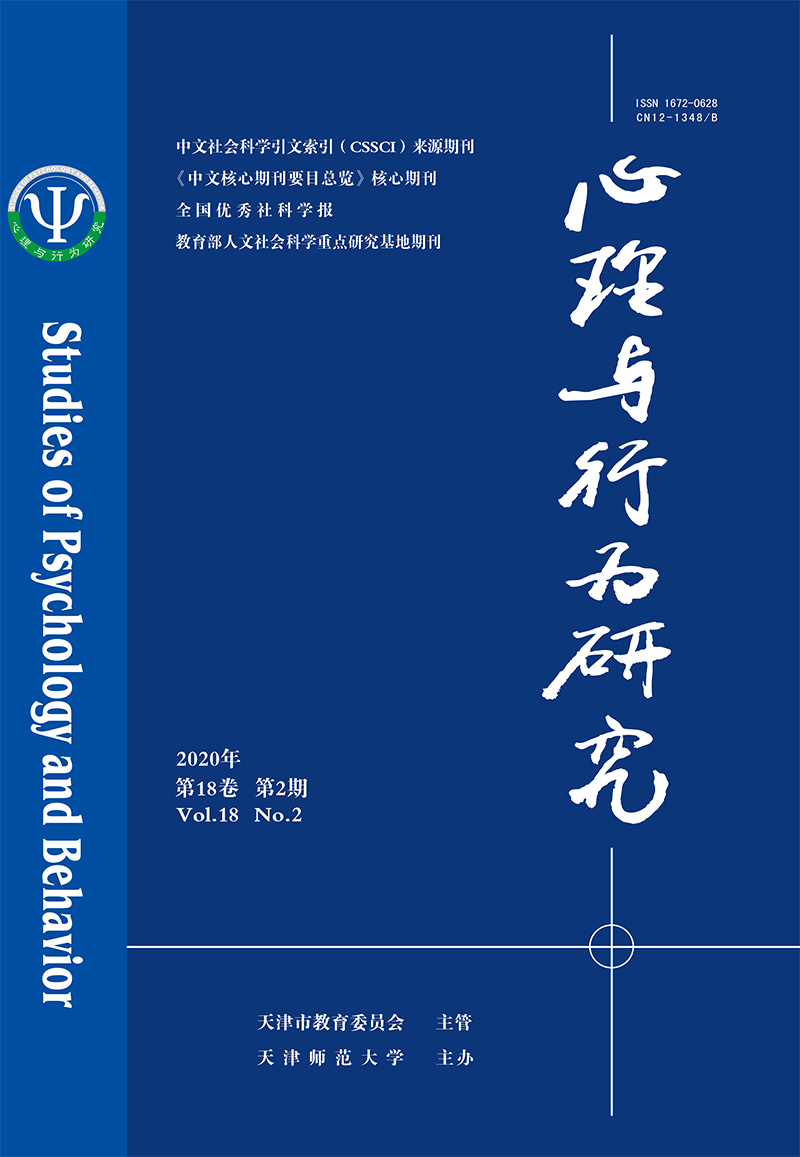|
|
The Effect of Valence and Arousal of Emotional Contexts on Source Memory
HU Zhe, ZHANG Jie, LI Cuihong, GUO Chunyan
2020, 18(2):
185-192.
Recent studies have shown that source memory can be modulated by emotional context. Here, we used ERPs techniques to explore the cognitive and neurological mechanisms of source retrieval under different valence and arousal contexts. During the learning phase, participants encoded a series of Chinese words superimposed on pictures of four different kinds of emotion. During the test phase, only the Chinese words were presented. Participants were instructed to press one of five buttons to indicate whether the word had been presented at the learning phase with a highly positive background, a mildly positive background, a highly negative background, a mildly negative background, or was a new word. Behaviorally, successful source retrieval showed a significantly higher ratio and shorter reaction time than the unsuccessful source retrieval. Higher memory performance was observed for positive contexts than negative contexts, and for highly arousal contexts compared to mildly arousal contexts. The ERP results showed that, there were significant FN400 and LPC old/new effects, which represented familiarity and recollection respectively. Meanwhile, we found greater LPC old/new effects for the retrieval of positive and highly arousal contexts compared to the negative and mildly arousal contexts. However, there was no significant interaction between valence and arousal. Together, these results suggest both the positive context and the high arousal context can facilitate the recollection of the source information. Valence and arousal may influence source memory via different cognitive mechanisms.
|

